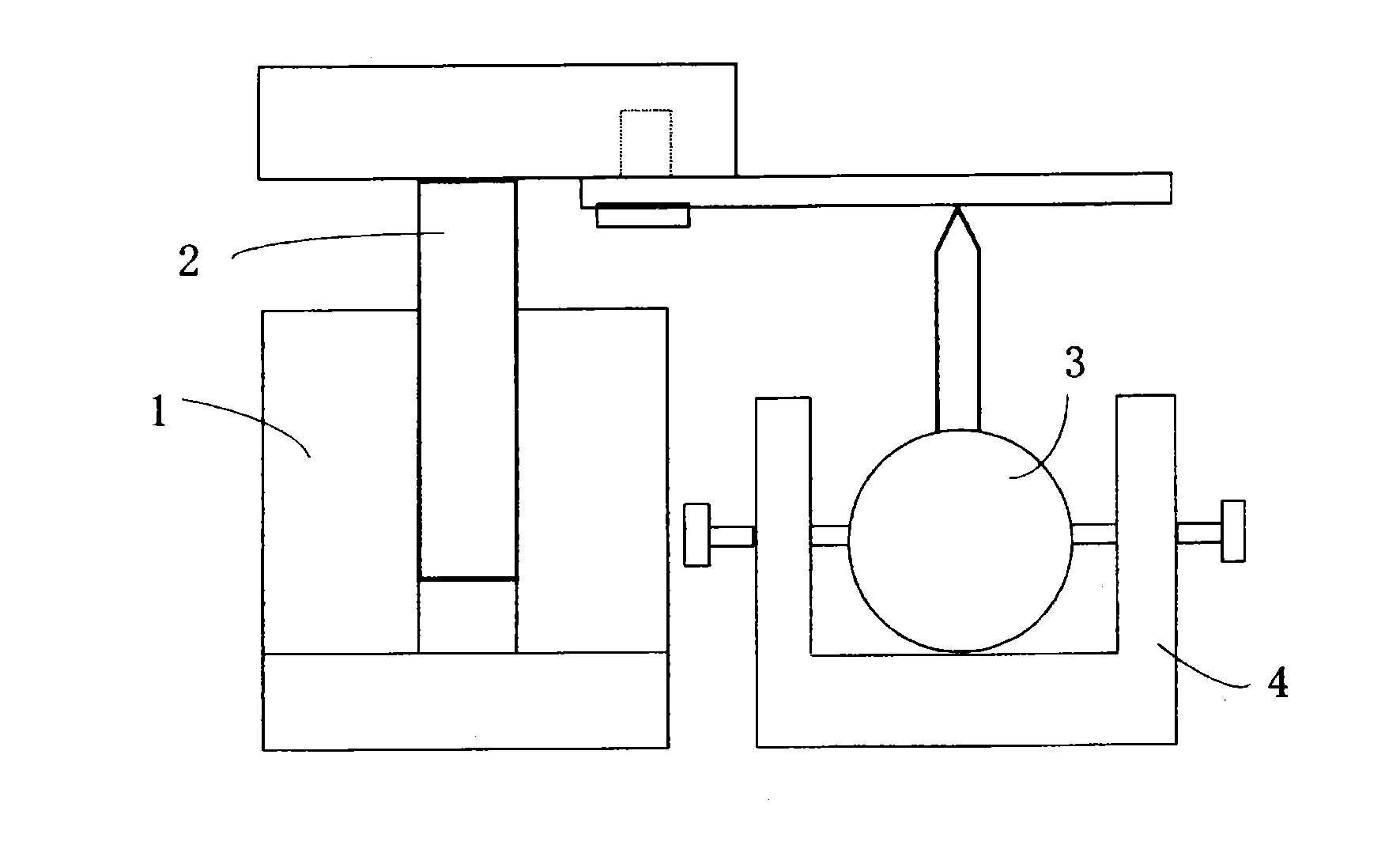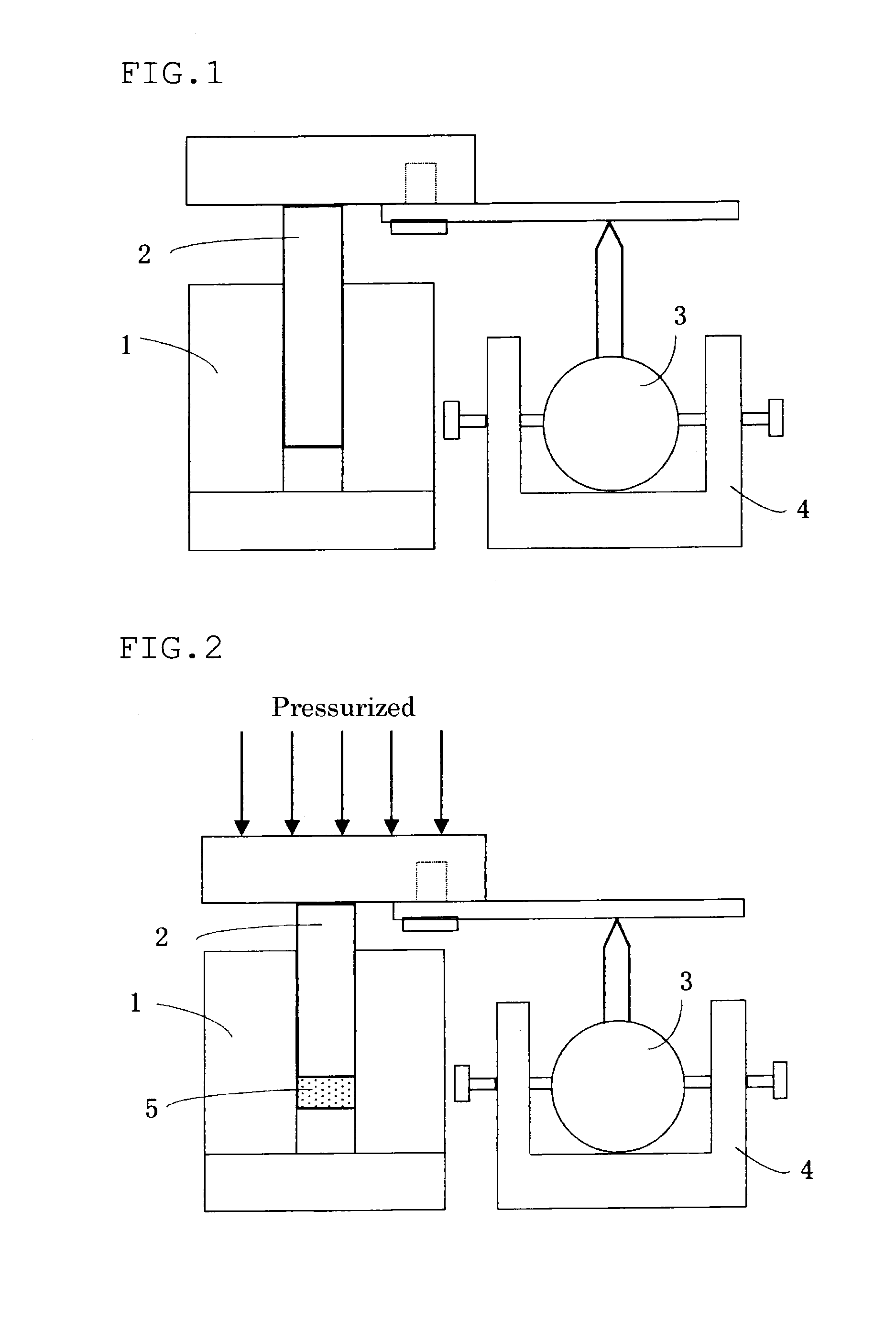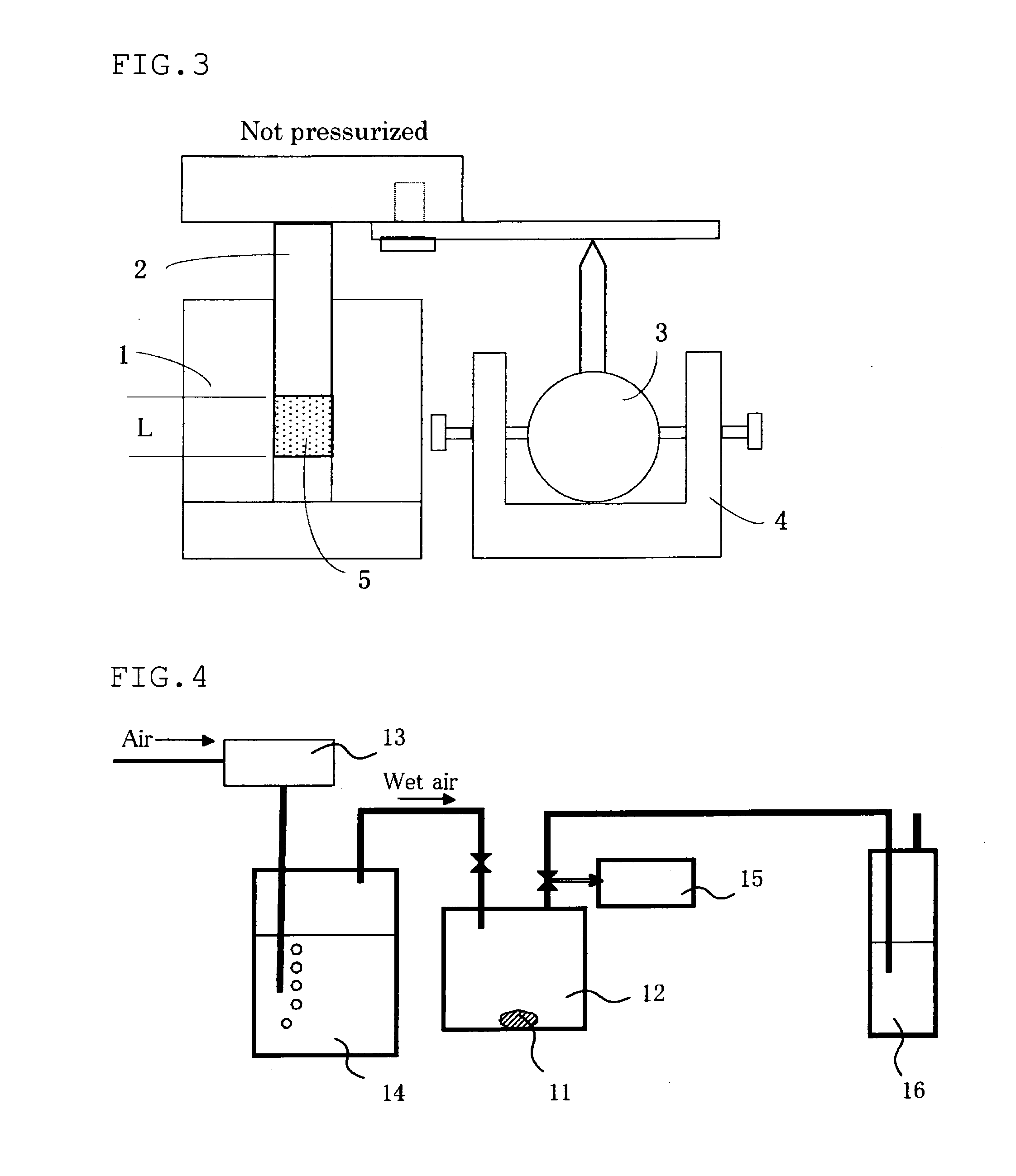Positive electrode mix
a technology of positive electrodes and active materials, applied in the field of positive electrode mixes, can solve the problems of not being able to fully utilize the capacity of sulfur, allowing the active material to have a high capacity, and not having a high capacity, etc., and achieve the effect of high discharge voltage and high safety
- Summary
- Abstract
- Description
- Claims
- Application Information
AI Technical Summary
Benefits of technology
Problems solved by technology
Method used
Image
Examples
production example 1
[0266]The production and purification of lithium sulfide were conducted in the same manner as in the example of WO2005 / 040039A1. Specifically, it was conducted as follows.
(1) Production of Lithium Sulfide
[0267]In a 10 liter-autoclave with a stirring blade, 3326.4 g (33.6 mol) of N-methyl-2-pyrrolidone (NMP) and 287.4 g (12 mol) of lithium hydroxide were charged. The mixture was heated to 130° C. at 300 rpm. After heating, hydrogen sulfide was injected into the mixture for 2 hours at the supply rate of 3 liter / minute.
[0268]Subsequently, the reaction liquid was heated under a stream of nitrogen (200 cc / min), and a part of the reacted hydrogen sulfide was subjected to desulfurization. With the temperature being raised, water generated as a by-product by reacting hydrogen sulfide and lithium hydroxide mentioned above began to evaporate. This water was concentrated by using a condenser and removed out of the system. Simultaneously with removal of water by dis...
example 1
(1) Preparation of Electrolyte Precursor [Sulfide Glass; Molar Rate: Li2S / P2S5 / LiI=64.2 / 21.4 / 14.4] and Heat-Treated Electrolyte
[0271]As raw materials, 0.306 g (6.66×10−3 mol) of lithium sulfide produced in Production Example 1, 0.494 g (2.22×10−3 mol) of phosphorus pentasulfide (manufactured by Sigma-Aldrich) and 0.200 g (1.49×10−3 mol) of lithium iodide (manufactured by Sigma-Aldrich) were used.
[0272]Powder obtained by mixing these and 10 balls made of zirconia, each having a diameter of 10 mm were put in an alumina pot of a planetary ball mill (P-7; manufactured by Fritsch) and completely closed. The operation was conducted in a glove box in an atmosphere of argon with a dew point of −80° C. or less.
[0273]For initial several minutes, the planetary ball mill was rotated at a low speed (85 rpm) to mix the blend powder sufficiently. Thereafter, the rotation speed of the planetary ball mill was raised gradually to 370 rpm. With the rotation speed of the planetary ball mill being 370 r...
example 2
[0293]In (3) of Example 1, the mixture after the mechanical milling was placed in a SUS-made apparatus, and set in an oven that had been controlled to 210° C. in advance. After allowing to stand as it is for 2 hours, the mixture was air-cooled, whereby a positive electrode mix was obtained.
PUM
 Login to View More
Login to View More Abstract
Description
Claims
Application Information
 Login to View More
Login to View More - R&D
- Intellectual Property
- Life Sciences
- Materials
- Tech Scout
- Unparalleled Data Quality
- Higher Quality Content
- 60% Fewer Hallucinations
Browse by: Latest US Patents, China's latest patents, Technical Efficacy Thesaurus, Application Domain, Technology Topic, Popular Technical Reports.
© 2025 PatSnap. All rights reserved.Legal|Privacy policy|Modern Slavery Act Transparency Statement|Sitemap|About US| Contact US: help@patsnap.com



